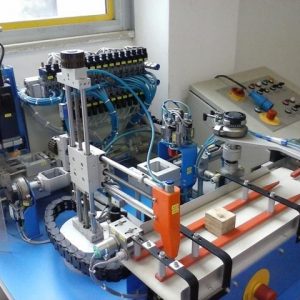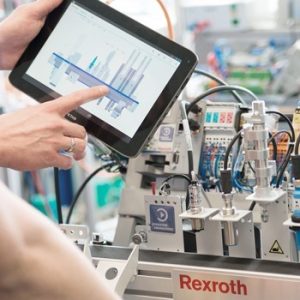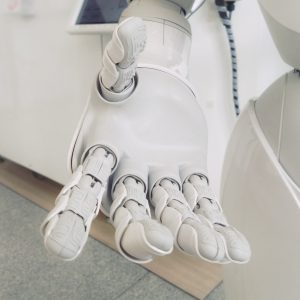Over 21 thousand more work contracts  planned (+ 5.7%) in October 2019 compared to the same month of the previous year and 100 thousand more (+ 10.6%) in the current quarter compared with last year. As shown by the monthly Bulletin of the Excelsior Information System, by Unioncamere and Anpal, the labour demand of Italian companies continues to mark a growth trend. There are 391 thousand contracts scheduled in October and will rise to over 1 million in October-December 2019. To create more job opportunities will be, once again, some of the distinctive chains of Made in Italy, with mechatronics in the lead (49,960 activations with a 12.5% trend growth), followed by metallurgy and creation of metal products (40,350 contracts and a 14.8% growth). The contribution of IT and telecommunications services is also substantial, with 30,170 contracts and a growth rate of 19.1%.
planned (+ 5.7%) in October 2019 compared to the same month of the previous year and 100 thousand more (+ 10.6%) in the current quarter compared with last year. As shown by the monthly Bulletin of the Excelsior Information System, by Unioncamere and Anpal, the labour demand of Italian companies continues to mark a growth trend. There are 391 thousand contracts scheduled in October and will rise to over 1 million in October-December 2019. To create more job opportunities will be, once again, some of the distinctive chains of Made in Italy, with mechatronics in the lead (49,960 activations with a 12.5% trend growth), followed by metallurgy and creation of metal products (40,350 contracts and a 14.8% growth). The contribution of IT and telecommunications services is also substantial, with 30,170 contracts and a growth rate of 19.1%.
On the other hand, the difficulty in finding professional profiles reported by companies remains high. The most difficult to find are, among others, the IT services and telecommunications companies (52% of the profiles sought is challenging to find), the companies of the metallurgy and the products produced in metal (47%) and the companies of the mechatronics (45%). In fact, companies find it more difficult to find graduates in electronic and information engineering (67.9%) and in industrial engineering (54.0%); also difficult to find graduates in chemistry and pharmacy (58.6%) as well as graduates with a scientific, mathematical and physical orientation. In addition to STEM graduates, also those with a linguistic orientation, translators and interpreters (53.9%) are difficult to find.
Consequently, considering the difficulties in obtaining STEM graduates, it is not surprising that these are the business areas where these professionals are managed to register the most severe problems in finding.
Read more at source


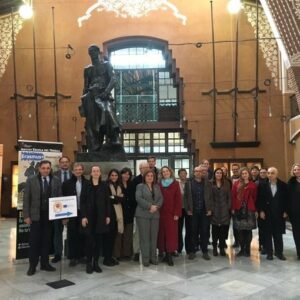
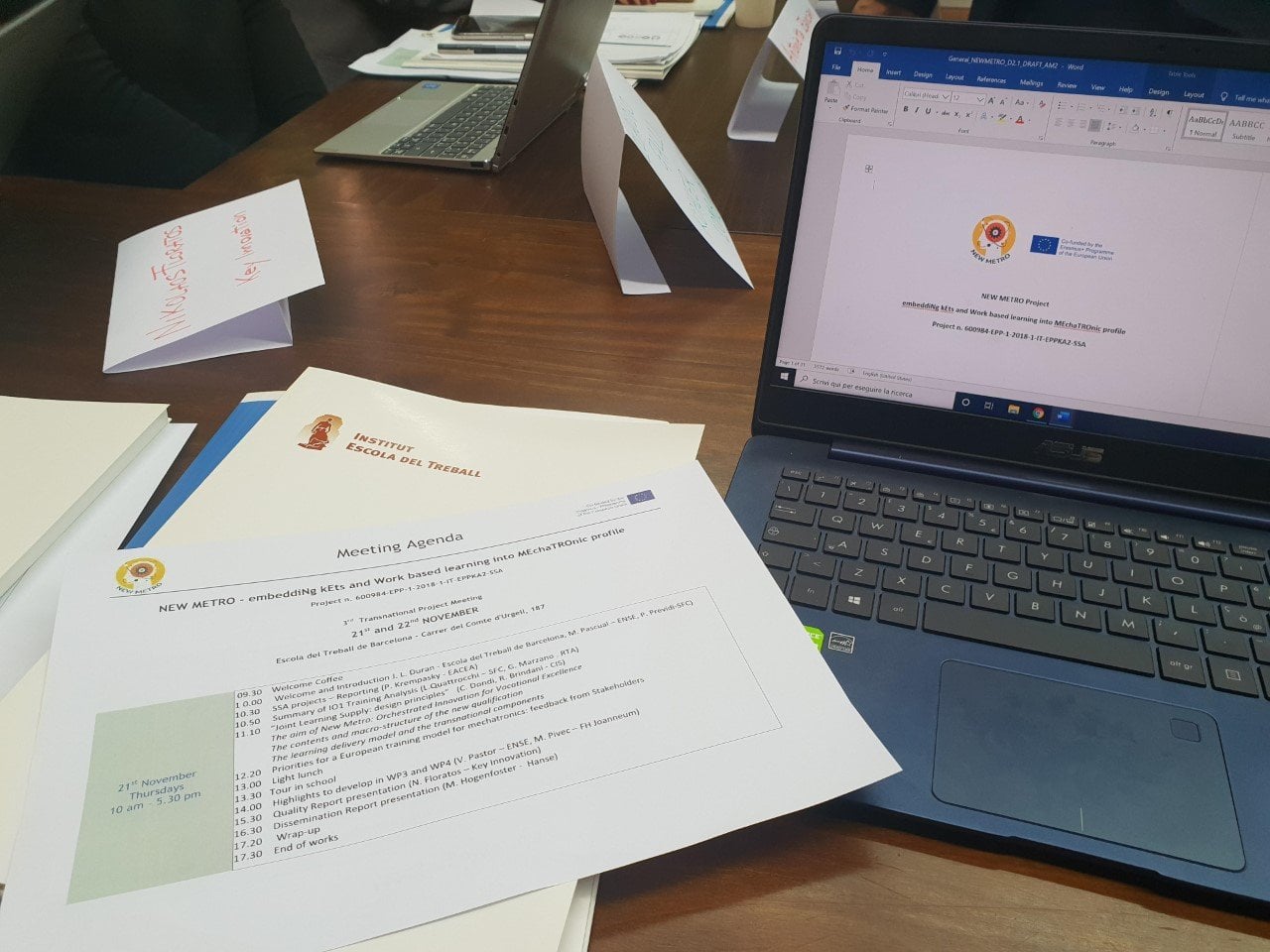
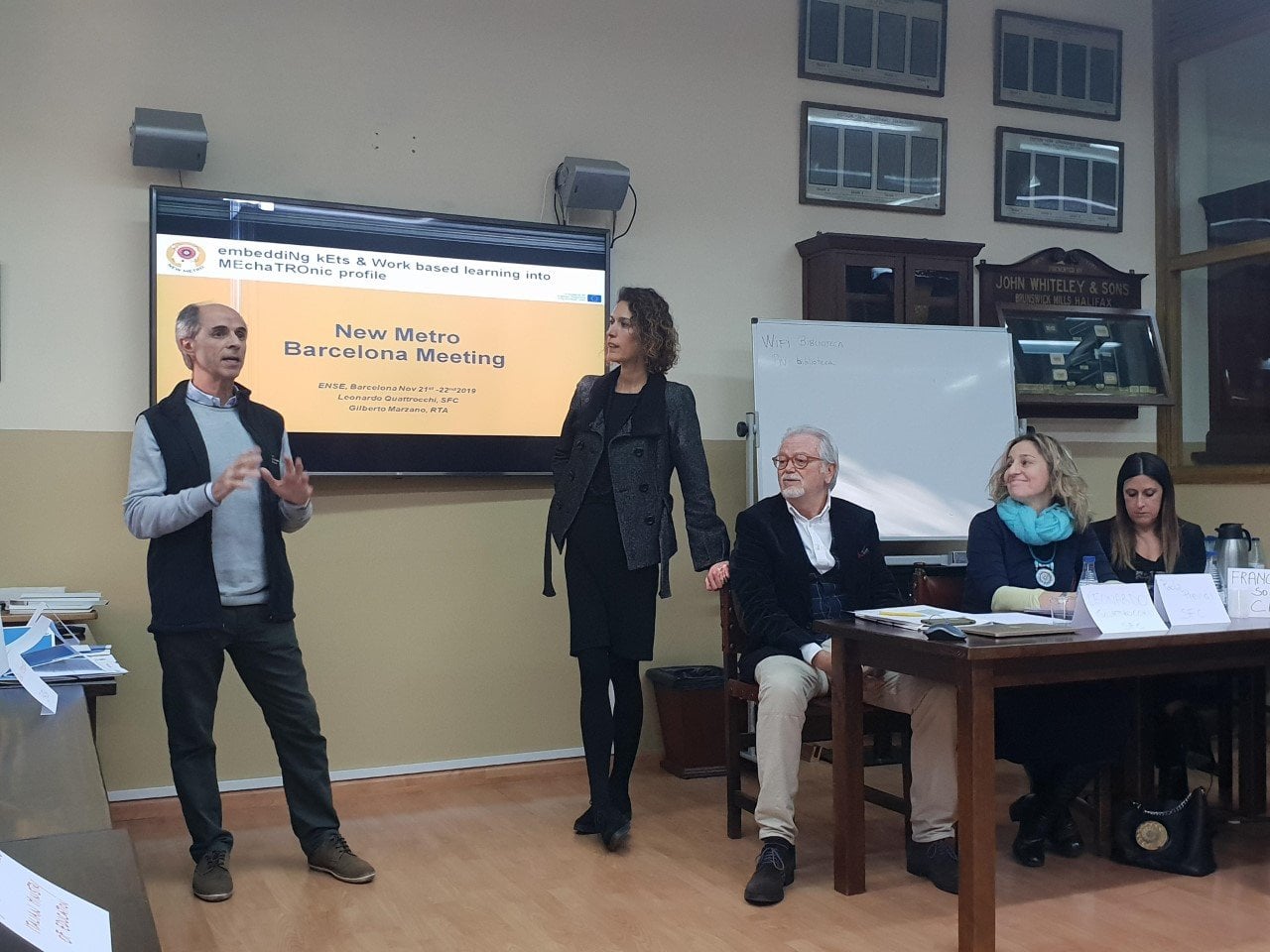
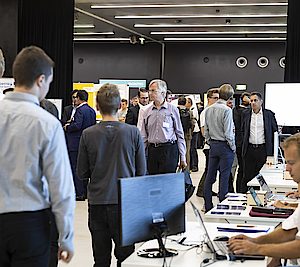

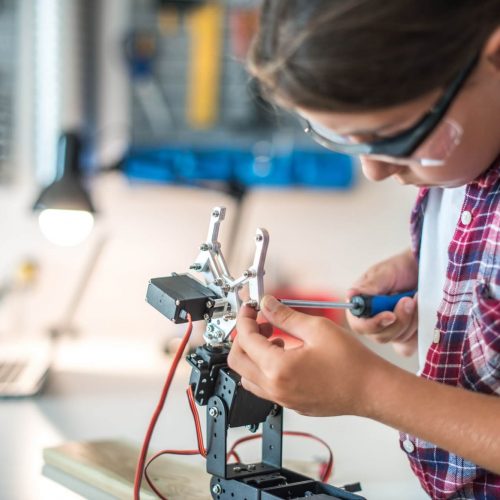

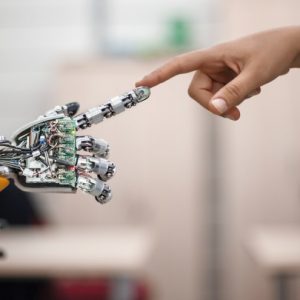 Developing skills for the future
Developing skills for the future 